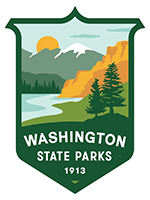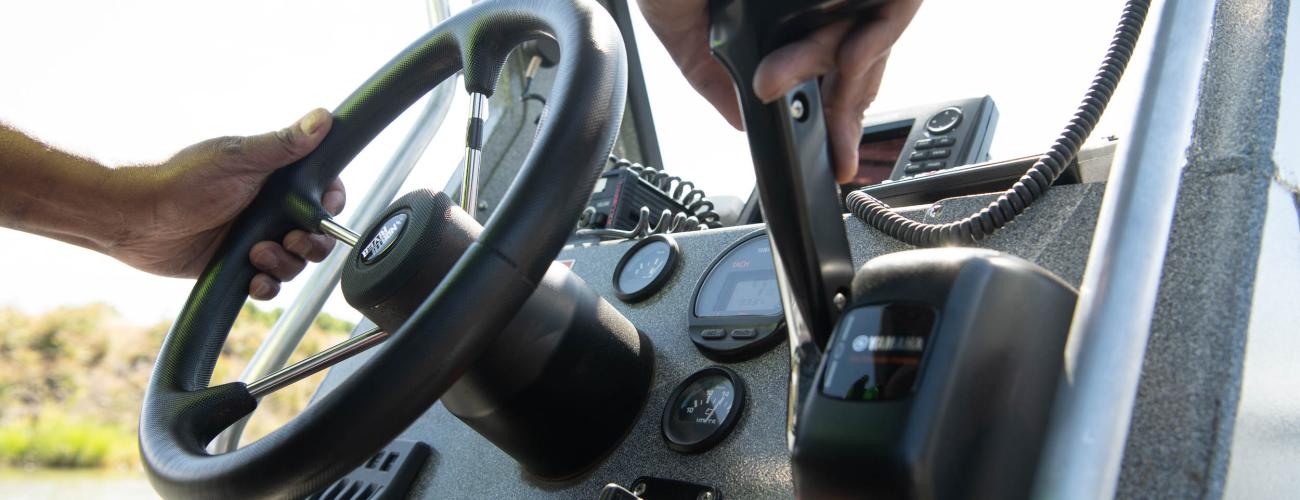Boating Equipment
You’re required by law to carry specific safety equipment. Requirements vary according to size and type of boat or paddlecraft. The legal requirements are minimal and do not maximize your chance of being rescued in a timely manner if an accident happens. You’ll need additional equipment to be rescue ready, increase survival time and keep everyone safe.
Plan accordingly, be prepared and enjoy a lifetime of boating and paddling adventures!
Required Equipment
All Vessels and Paddlecraft
Federal and Washington state law requires the following on every boat, no matter what size, including kayaks, canoes and stand-up paddleboards.
- Life jackets— U.S. Coast Guard-approved life jackets, of the right size and type, for everyone on board
- A sounding device—horn, whistle or bell
- A white navigation light—during low visibility such as fog, heavy rain, dawn or dusk
- Nighttime visual distress signal—such as flares (required on federal waterways only)
Motorized Vessels
Depending on boat length and engine type, state law requires the following:
- Boat/Vessel registration on board
- Registration decals and numbers —displayed correctly on each side of the boat
- Washington Boater Education Card —mandatory for boats with motors 15 (or more) horsepower
- Throwable flotation device
- Type B-1 fire extinguisher
- Visual distress signals—day and night time
- Navigation lights
- Carbon monoxide warning sticker on boats with motors
Remember, these items are basic and won’t maximize your chance of survival in an accident. There’s additional gear necessary to be rescue ready.
Recommended Equipment
The legal requirements are minimal and do not maximize safety or chances of survival if an accident happens. Be prepared. We recommend the following equipment as essential to safety and survival.
- Carry two forms of communication (VHF radio, cellphone, flares or distress locator beacon). Keep them on you in case you are separated from your vessel.
- Bailing system—a bucket, bailer or bilge pump
- Anchor & rope—appropriate to the size of your vessel and the waterway you’re on.
- First aid kit
- Flashlight
- Knife
- Oars/paddles
- Sun protection
- Binoculars
- Compass
- Navigation charts/GPS
- Tide book
- Rescue throw bag—to assist rescuing someone overboard.
- Lifting tackle—equipment to assist hoisting someone back into a boat.
- Strobe lights—a bright flashing light that floats so you don’t lose sight of a person overboard.
- Extra clothes in a dry bag. Choose synthetic fabrics or wool. Avoid cotton clothes.
- Ditch bag—in an accident it may be impossible to collect many of these items, so keep them centralized and accessible in case you need to abandon ship.
- Water and snacks—a safe vessel operator is alert at all times. Prevent dehydration and fatigue.
Remember—you need to know how to use your safety equipment! The U.S. Coast Guard Auxiliary, U.S. Power Squadron, local clubs and outfitters offer boating safety classes. We encourage you to educate yourself and practice safety drills so you are prepared to survive if an accident happens. And they do happen.
Contact Us
| Name | Ashley Seydel |
|---|---|
| Department | Recreational Boating Safety Program |
| Phone | 3609028555 |
| boating@parks.wa.gov | |
| Address | 1111 Israel Rd SW Olympia , WA 98504 |

